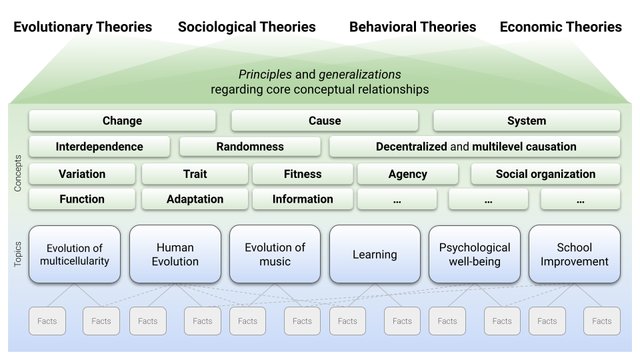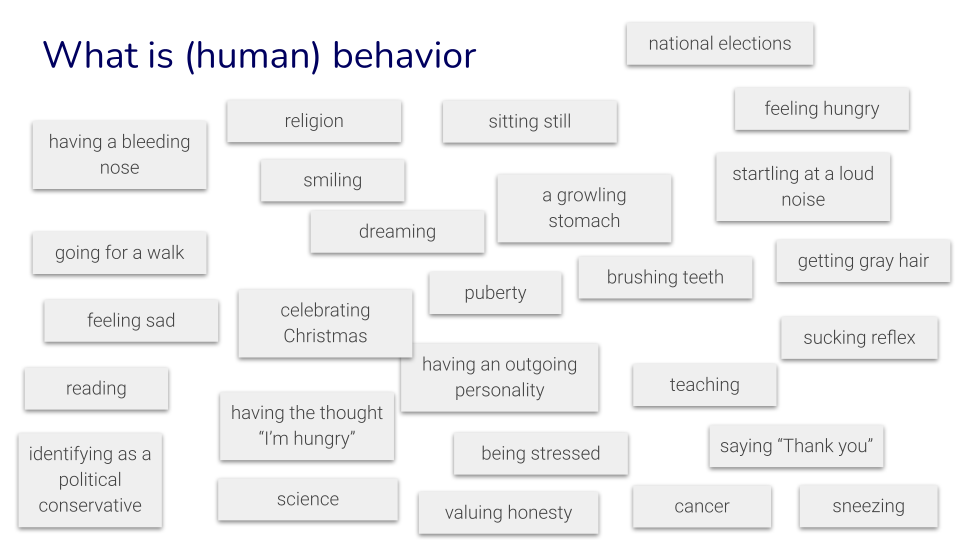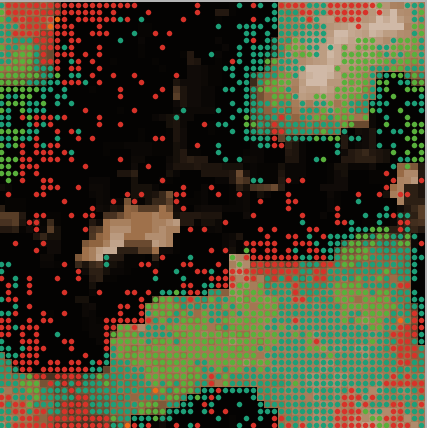Eirdosh, D. & Hanisch, S. (2022, preprint) Understanding Evolution As If By Design? The challenges and opportunities of reasoning about agency in evolutionary biology and society. OpenEvo Book Review and Commentary. http://dx.doi.org/10.13140/RG.2.2.26643.14884/2
This review and commentary on psychologist Edward Wasserman’s As if By Design provides a brief overview of the core argument from Wasserman, and discusses the implications for evolution science educators and students.







